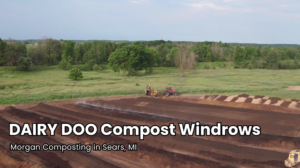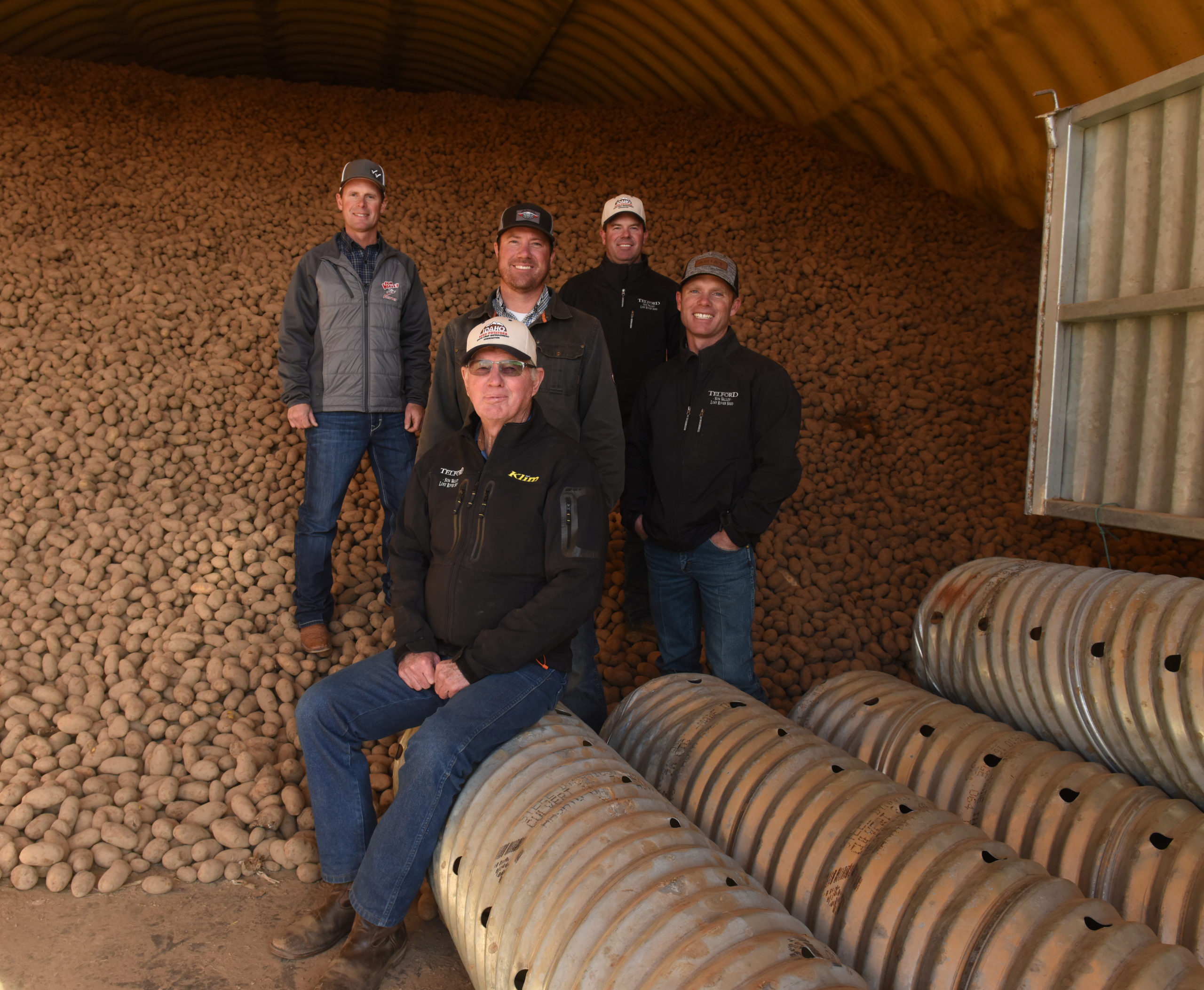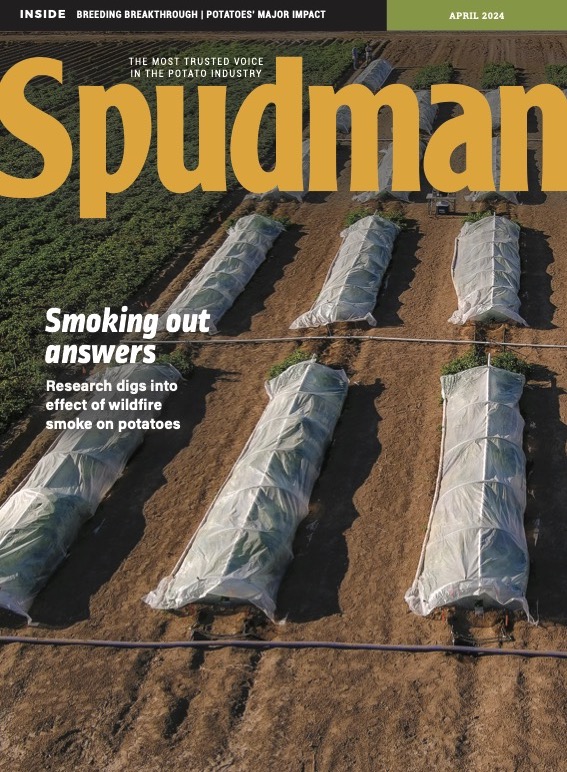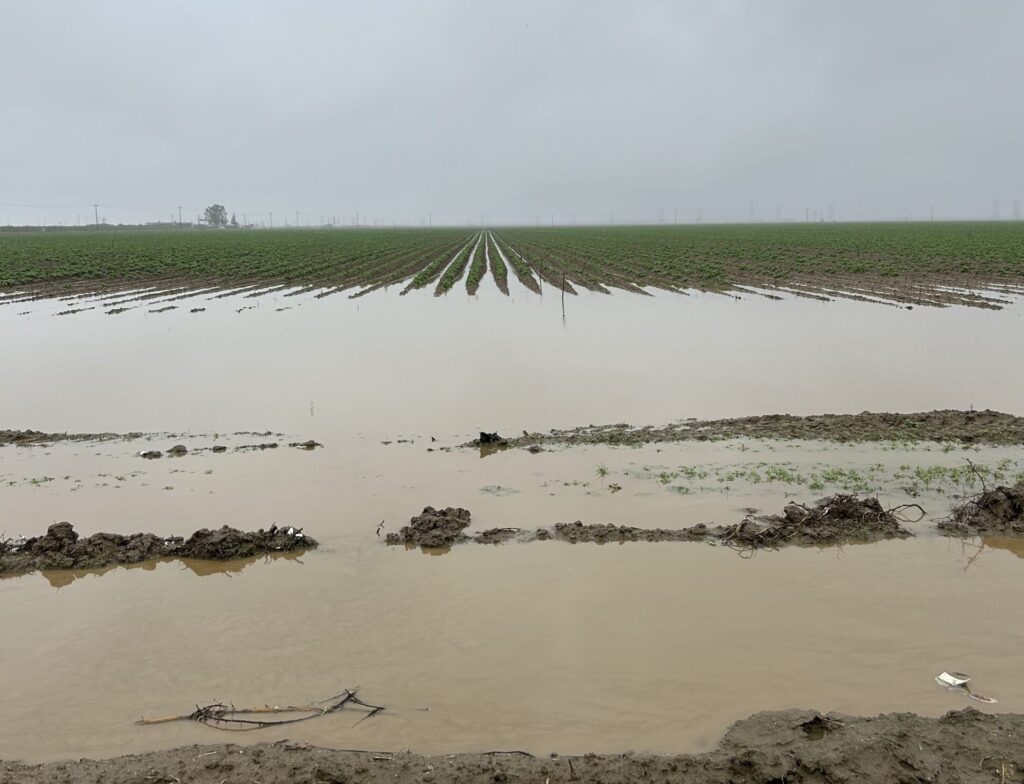
California farmers facing growing uncertainty
“Who’ll Stop the Rain?”, a 1960s song from California group Creedence Clearwater Revival, is highly applicable to present-day growers bedeviled by an overabundance of water.
Beginning in late winter and continuing through spring, torrential rains and multiple “atmospheric rivers” dumped voluminous rain throughout the Golden State from Southern California north to the San Joaquin Valley, saturating potato plantings.
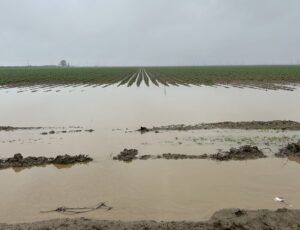
From February through March, at least 14 such atmospheric rivers — narrow corridors of concentrated moisture that help carry saturated air from the tropics to higher latitudes — brought vast amounts of rain and snow to the Golden State.
“If we’re not in a drought, we’re drowning,” said Juan Hidalgo, Monterey County Agricultural Commissioner. “Certainly, this year has really been hard for a lot of our counties.”
Runoff worries
With warmer temperatures and the late March storms adding to the snow accumulation, growers worry about spring bringing a rapid runoff. That could add pressure on rivers, dams and reservoirs, which are already almost at capacity, said Jason Davenport, founder, president and owner of Allied Potato in Bakersfield, which grows chipping white potatoes and russets for fries.
“We worry that it may put pressure on the system,” said Davenport, who grows in the San Joaquin Valley. “With all the rain they’ve had in the valley, we’re hoping nothing breaks open. I also worry about a lot of water coming all at once, which will put pressure on the dikes and levy systems going into the Delta region in northern California.”
Damage estimates from the downpours weren’t immediately available, with growers expecting it to be weeks before the full extent is revealed. Tricia Stever Blattler, executive director of the Tulare County Farm Bureau, a leading potato growing county, said much of the damage assessment is still emerging.
During an April 5 California State Board of Food and Agriculture meeting, Asha Raj, emergency management coordinator with the California Department of Food and Agriculture (CDFA), said the agency is working with the state’s trade associations on damage estimates and declarations.
“We are working with ag commissioners to gather crop loss information to get a USDA designation,” she said. “CDFA is coordinating and sharing information with county ag commissioners in the flood-affected counties.”
Crop delays
The storms brought waterlogging and high volumes of moisture, which reached saturation points and prevented tractors from entering fields.
The standing water delayed potato plants by nearly a month, with other growers delayed even later. Additionally, because of a colder-than- normal winter, valley growers didn’t receive the heat units they normally collect by spring.
Warm days would provide growers time to receive crop development, said Davenport.
Because they thrive in water, plant diseases are expected to multiply in such soggy conditions, according to Extension researchers.
As fields have been inaccessible, weed management is also falling behind. Davenport said he’s concerned the pressure coming from all the wet weather will also bring more insects and fungal pathogens.
Proper management is essential, he said.
“There’s a lot to manage,” Davenport said. “The management level we have to adhere to, managing these crops, is that we have to stay on our A game.”
Urgency is an important factor in growing fresh produce.
“Whether we have an opportunity to get a tractor into the field to manage weeds with the cultivator, or if we have the opportunity to turn the water on, even for a brief time, to get an insecticide on, or a fungicide, or fly it on if we need to — if we have weather for it, we will,” Davenport said. “The same with fertilizer.”
Certain fields with heavier soils or those that don’t drain well are expected to receive more damage.
“You reach the saturation point so quickly that you eventually run out of places for the water to go,” Davenport said.
Davenport said growers plan to closely eye where the runoff travels.
“We hope it runs down the road and not onto our fields, which can cause damage to our fields,” he said. “You also worry about saturation being reached again in your field because that waterlogging and lack of oxygen tends to starve your crop of oxygen. It ultimately ends up killing the seed in your plants, or causing disease to set in. We are concerned about anaerobic conditions.”


